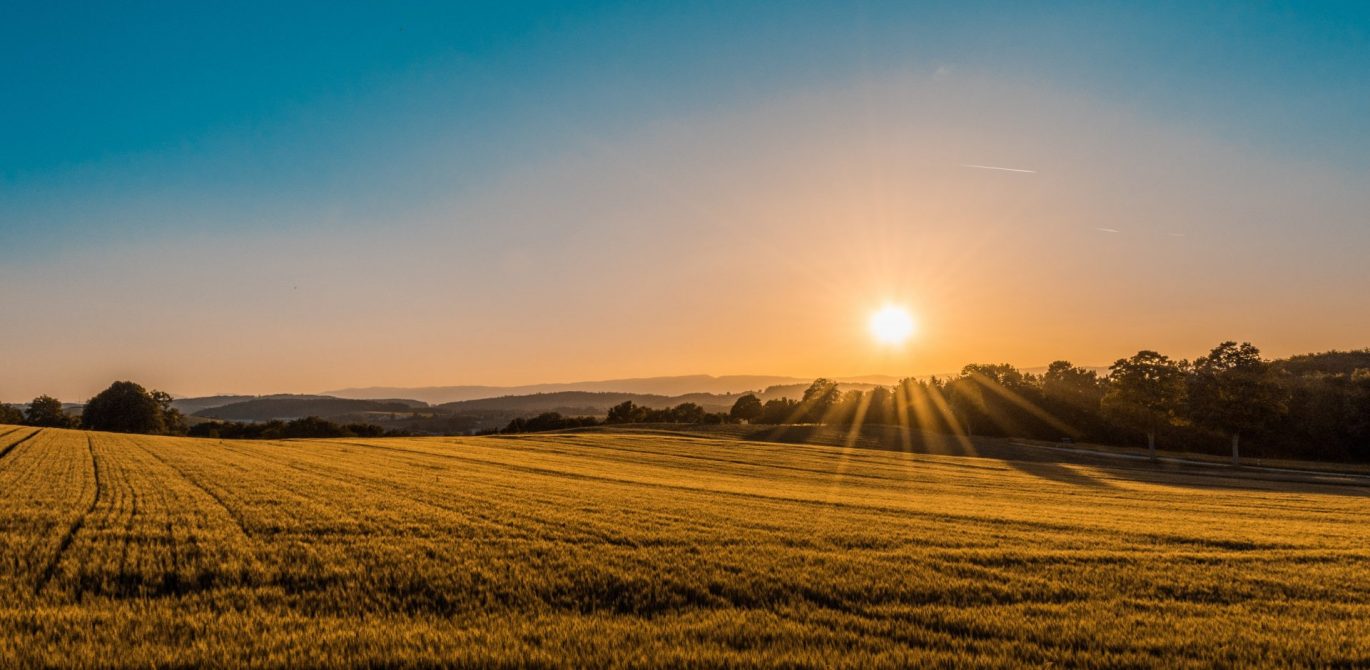Australia’s struggling farmers may appreciate this piece of good news: The median price of Australian farmland increased by 7.1 per cent in 2017, contributing to an average annual growth rate of more than 6.6 per cent since 1998. The median price is the middle figure achieved when sales are ranked highest to lowest, and the most commonly used value in property pricing.
Farmland has been a consistently solid performer, with average annual growth between 5 and 7.7% in every year for the past two decades. Farmland values are reflective of a number of variables, including the wider economic forecast, interest rates and commodity prices as well as local considerations like rainfall, climate and soil quality.
South Australia and Tasmania were the biggest winners this year, with 17.1% and 19.3% rises respectively, with decreases only in Queensland (-2.8%) and Western Australia (-6.5%).
A comprehensive report by Rural Bank on Australian Farmland Values 2017 gives a comprehensive look at farmland values across Australia. Here are the main takeaways.
Western Australia
Jim Sangalli, of Elders Regional Western Australia, is quoted as saying that “Buyer interest in WA was strong in 2017 underpinned by corporate investor enquiry particularly around the central wheat belt. Strong leasing values negotiated through early 2018 are being sustained by good commodity prices particularly in traditional reliable rainfall areas where mixed farming practices are carried out.”.
In general, Western Australia has been in a slight property slump since the end of the commodities boom. Although farmland has done better than residential sales, it’s been affected. Values in the South West and Central Western Australia were up, with high growth in the East.
South Australia
South Australia has had an extraordinary year after several years of low growth. The annual growth over 10 years is 1.9%, but in 2017 the state recorded a rise in farmland values of 17.1%.
Yorke and North posted the highest region-wide gains, up a whopping 37.8%, while on a more local level the Adelaide Hills (in the Adelaide and Fleurieu region) increased 46% on the back of a few high value deals.
Phil Keen of Elders South Australia was pleased with the growth, stating “Improved commodity prices, low interest rates and longer term gains in productivity have enabled many farmers to pay down debt and greatly increased confidence to reinvest into agriculture”.
Victoria
Victoria’s farmland has benefited from strong rises in lamb and wool prices, meaning a rise in price across the state’s grazing regions. The median price rose by 9.9%, with increased demand in the Wimmera and Mallee.
The Shire of Cardinia also saw high median prices, on the back of increasing tension between agricultural and residential demand in this city fringe area.
Tasmania
Tasmania’s been having a strong year across the board, and farmland prices are no exception. A larger area of land has been traded, and a higher median price recorded – at 19.3%, the highest in the country.
The consistently strong median price growth and higher volumes of transactions indicate strong demand for a wide range of land types. That’s thanks to an underlying confidence in agriculture, continuing low interest rates and stable commodities. Significant investment in irrigation and improved access to water has also contributed.
While all regions except King Island recorded an increase, the North West stood out, posting a huge 72.5% increase.
New South Wales
Median growth in NSW has been both strong and consistent in the past 5 years, increasing 8.8% in 2017. Transaction volumes are flat, but area of farmland traded has increased consistently.
One area which recorded a noticeable jump was Coffs Harbour, where the growing blueberry industry accounts for higher prices.
“There were fewer listings in 2017, however demand remained strong. A greater percentage of off-market sales occurred with robust demand from domestic and international investors. Commodity prices, interest rates and debt levels are key drivers of current land value trends”, Richard Gemmell of Elders told the Rural Bank report.
Queensland
Median growth declined 2.8% in Queensland, representing an easing after several years of growth. Sugar cane properties did well, with several changing hands to be converted to macadamia or avocado properties.
The eastern seaboard cropping and horticulture areas, and central highlands beef producers also performed strongly. However, a lack of rainfall recorded in the northern and western pastoral areas limited sales activity in those regions.,
Northern Territory
The Northern Territory median value fell by 35.1% in 2017. The Northern Territory has relatively few transactions, and a huge difference in land value between the high value Top End between Darwin and Katherine, and the rest of the Territory (the cattle regions).
In 2017, relatively few high value properties changed hands. Although the cattle regions recorded a huge 96.8% growth, the median price in the Top End fell by 15.3%, causing an overall negative growth number.
